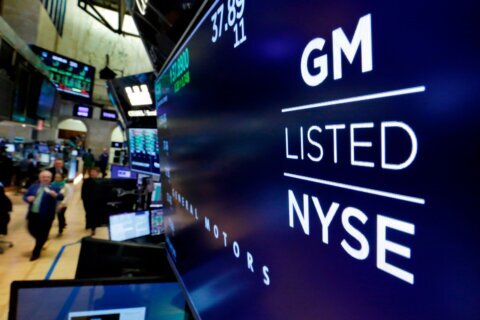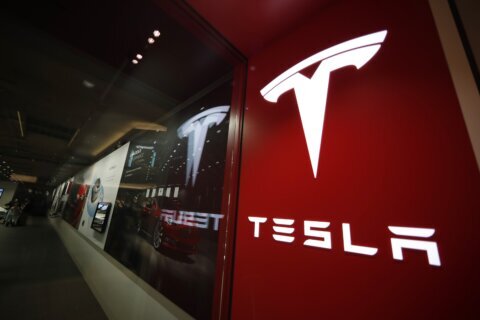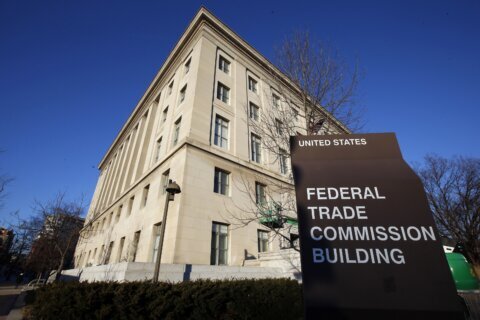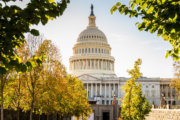The Federal Reserve is most likely going to raise interest rates by three quarters of a percentage point again on Wednesday, its fourth straight supersized hike. And it’s still possible another rate increase of that magnitude could come in December.
But the big question for many investors — and American consumers — is whether the Fed will send the economy into a recession with these massive rate increases.
There are hopes that any downturn would be mild, but this is uncharted territory for the Fed. Former central bank chairs Alan Greenspan, Ben Bernanke and current Treasury Secretary Janet Yellen never had to raise rates this many times in a row by such large amounts.
It’s unclear what all this tightening will do to the economy. The housing market is already starting to show some signs of strain. Bond yields have spiked due to the Fed. And mortgage rates, which tend to move in tandem with the benchmark 10-year Treasury, have skyrocketed this year as a result.
There is also a growing chorus of Democratic lawmakers on Capitol Hill who are warning Fed chair Jerome Powell and other Fed members to slow down the rate hikes because they fear even tighter monetary policy will lead to a recession.
But as long as the jobs market remains healthy the Fed is probably going to continue to focus solely on its price stability mandate and ignore all that stuff about maximum employment.
“The Fed has got more work to do,” said Steve Wyett, chief investment strategist at BOK Financial. “Inflation pressures take longer to come out of the system.”
The solid rebound in gross domestic product, or GDP, in the third quarter following two straight quarters of economic contraction may also quiet some (but not all) recession worriers. That could also prompt the Fed to continue its aggressive rate hiking stance…even if such a policy risks causing a recession down the road.
Too many hawks?
The worry is that the Fed may be choosing to look more at current economic data and isn’t thinking enough about the lag effect of its existing rate hikes. Inflation in the US economy may not have peaked yet, but there is a growing sense that we’re pretty darn close to that.
“It is critical that policymakers…prepare for a slowdown in demand as the lagged impact of rising interest rates and inflation begins to exert a powerful downward pull on economic activity,” Joseph Brusuelas, chief economist at RSM US, said in a report. He added that the economy “clearly is at risk of falling into recession in the near term.”
There’s another factor at play that could lead the Fed to raise rates sharply at its next two meetings and then slow down its pace.
Every year, there is a rotation of regional Fed presidents who get votes at the central bank’s policy meetings. The next change will take place before the Fed’s first meeting in 2023, which concludes on February 1. Experts point out that some of the new voting members may not be as inclined to support such large rate increases as the current roster of regional presidents on the policy-setting Federal Open Market Committee.
So there could be a shift from a more hawkish stance, (one likely to support higher rates) to another that is more dovish, (inclined to caution against future hikes.)
“The policy temperament of the committee turns less hawkish in 2023. Sensing a closing window of opportunity, the more hawkish voting roster of this year may seek to do more while they still can, i.e. more front-loading,” said BNP Paribas Securities US economists Carl Riccadonna and Andy Schneider in a report.







